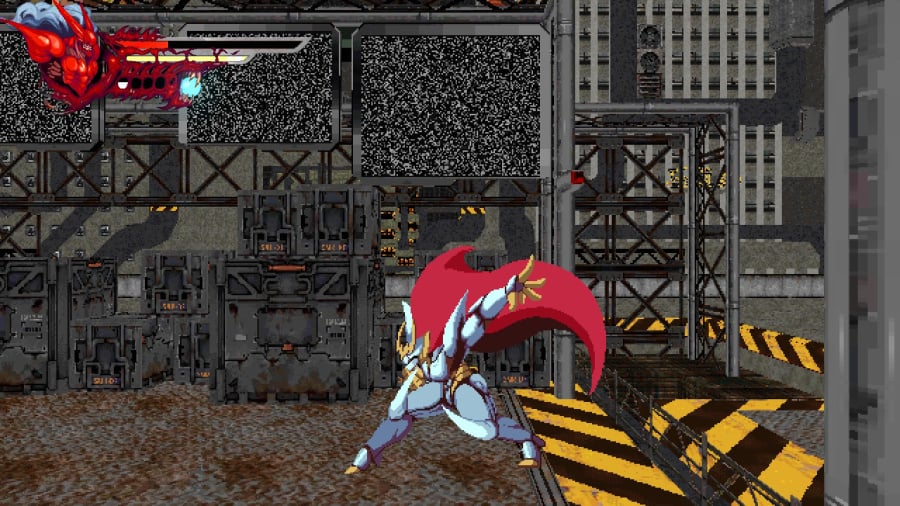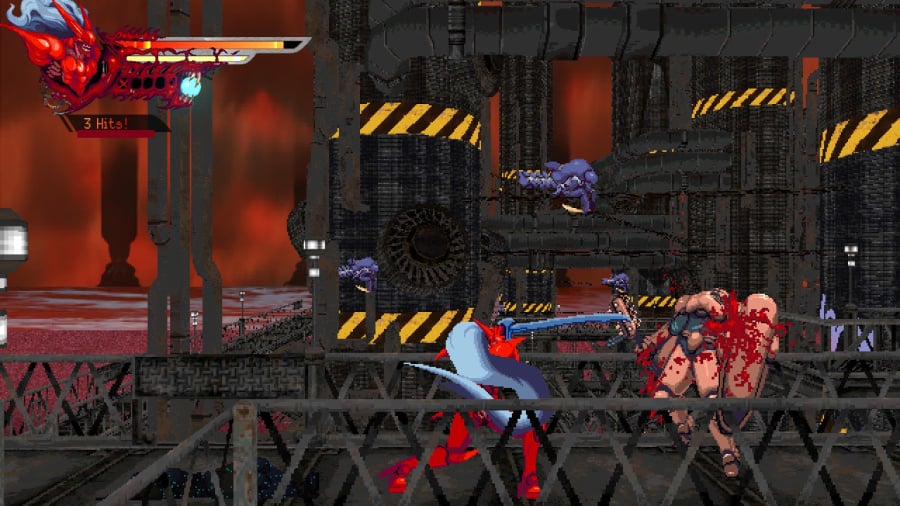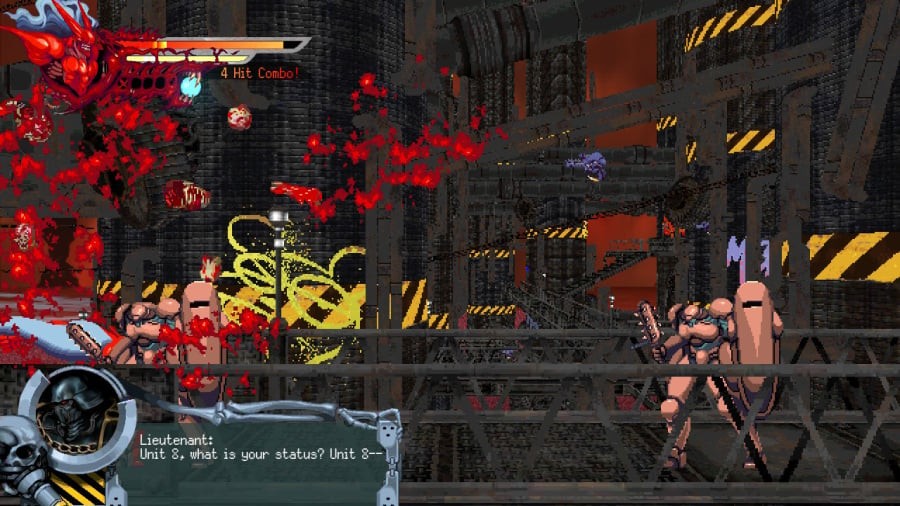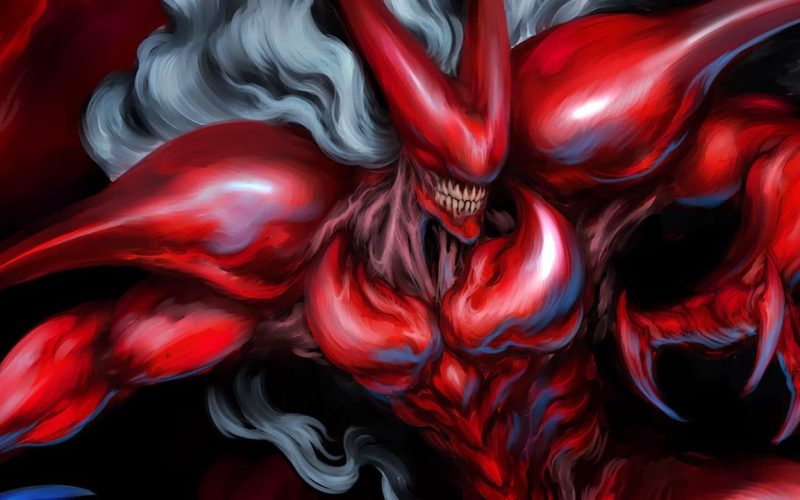Some games can skate by with less-than-ideal performance if the gameplay is more laidback, but for a title like Slave Zero X, which emphasizes fast-paced combat and striking visuals, a poor frame rate can be a deal-breaker. Unfortunately, the retro action game from Ziggurat Interactive, despite its potential to be a standout hack ‘n’ slash, falls short on the Nintendo Switch due to its subpar performance.
It’s particularly disheartening because at its core, the gameplay of Slave Zero X is truly exceptional. Initially, as we delved into the game’s opening level, we were captivated by its quality. However, our enthusiasm quickly waned as the frame rate dropped significantly after defeating the first boss and progressing to the next stage. The performance issues became so severe that we had to reluctantly abandon our playthrough before reaching the end, frustrated by the game’s poor optimization on the Switch. While the publisher promises a patch to address the performance problems, the damage to the game’s reputation has already been done since its release nearly two weeks ago.

Despite its flaws, let’s first highlight the positives of Slave Zero X. Serving as a prequel to the 1999 Dreamcast third-person shooter Slave Zero, this game transitions to a 2.5D perspective while introducing a samurai sword in lieu of firearms. The narrative follows Shou, who merges with a stolen Slave Unit Prototype to seek revenge on its creators as a powerful killing machine. Both Shou and the Slave Unit are fully voiced, adding depth to the action-packed gameplay and cutscenes. While the plot may not be the main attraction, the game effectively keeps players engaged in the action.
This classic hack ‘n’ slash game requires mastering specific combos of light and heavy attacks to survive, discouraging mindless button mashing. By combining attacks with directional input, players can unleash various moves, and additional mechanics like sprinting, jumping, and ducking add depth to the combat strategy. However, the jumping mechanic could use refinement, as maneuvering the Slave Unit can feel somewhat cumbersome during platforming sections.

When the frame rate cooperates, Slave Zero X truly shines during combat encounters. While the learning curve for the combat mechanics may be steep initially, mastering longer combos rewards players with a satisfying gameplay experience. As the game progresses, the intensity ramps up with increasingly challenging enemy encounters, sometimes overwhelming players and causing frame rate drops. Focusing on one or two enemies at a time allows for more strategic engagement, whereas large groups can lead to chaotic gameplay.
To aid players in managing swarms of enemies, the game offers a quick pulse ability to push back nearby foes and an enhanced attack mode to deal with tougher enemies efficiently. These mechanics add depth to the combat and provide options for players to regain control in crowded battles.

Visually, Slave Zero X impresses with its detailed 2D sprites complemented by 3D environments, offering a stunning aesthetic. However, the intricate visuals may contribute to the performance issues on the Switch, especially with multiple characters on screen amid busy, animated backgrounds. Like Konami’s Contra: Operation Galuga, Slave Zero X exemplifies great gameplay marred by technical limitations, making the experience more challenging and less enjoyable than intended. While patches may address these issues in the future, the current state of the game on the Switch is disappointing.
Despite its potential, Slave Zero X falls short on the Nintendo Switch due to its inconsistent frame rate, hindering the otherwise engaging gameplay experience. With improvements, this title could shine, but for now, it struggles to deliver on its promising premise.
